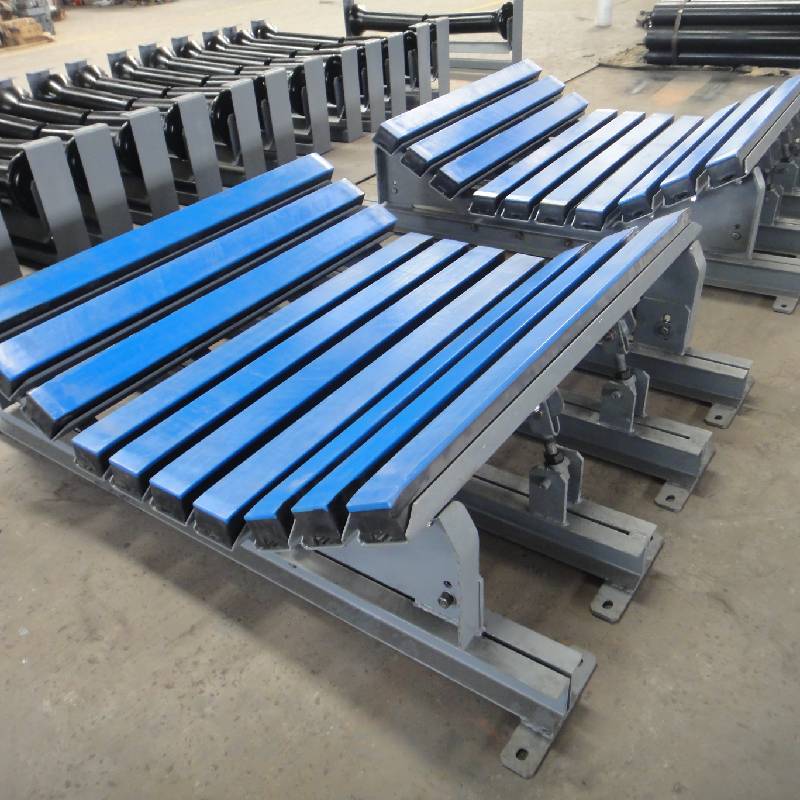 Afrikaans
Afrikaans  Albanian
Albanian  Amharic
Amharic  Arabic
Arabic  Armenian
Armenian  Azerbaijani
Azerbaijani  Basque
Basque  Belarusian
Belarusian  Bengali
Bengali  Bosnian
Bosnian  Bulgarian
Bulgarian  Catalan
Catalan  Cebuano
Cebuano  Corsican
Corsican  Croatian
Croatian  Czech
Czech  Danish
Danish  Dutch
Dutch  English
English  Esperanto
Esperanto  Estonian
Estonian  Finnish
Finnish  French
French  Frisian
Frisian  Galician
Galician  Georgian
Georgian  German
German  Greek
Greek  Gujarati
Gujarati  Haitian Creole
Haitian Creole  hausa
hausa  hawaiian
hawaiian  Hebrew
Hebrew  Hindi
Hindi  Miao
Miao  Hungarian
Hungarian  Icelandic
Icelandic  igbo
igbo  Indonesian
Indonesian  irish
irish  Italian
Italian  Japanese
Japanese  Javanese
Javanese  Kannada
Kannada  kazakh
kazakh  Khmer
Khmer  Rwandese
Rwandese  Korean
Korean  Kurdish
Kurdish  Kyrgyz
Kyrgyz  Lao
Lao  Latin
Latin  Latvian
Latvian  Lithuanian
Lithuanian  Luxembourgish
Luxembourgish  Macedonian
Macedonian  Malgashi
Malgashi  Malay
Malay  Malayalam
Malayalam  Maltese
Maltese  Maori
Maori  Marathi
Marathi  Mongolian
Mongolian  Myanmar
Myanmar  Nepali
Nepali  Norwegian
Norwegian  Norwegian
Norwegian  Occitan
Occitan  Pashto
Pashto  Persian
Persian  Polish
Polish  Portuguese
Portuguese  Punjabi
Punjabi  Romanian
Romanian  Russian
Russian  Samoan
Samoan  Scottish Gaelic
Scottish Gaelic  Serbian
Serbian  Sesotho
Sesotho  Shona
Shona  Sindhi
Sindhi  Sinhala
Sinhala  Slovak
Slovak  Slovenian
Slovenian  Somali
Somali  Spanish
Spanish  Sundanese
Sundanese  Swahili
Swahili  Swedish
Swedish  Tagalog
Tagalog  Tajik
Tajik  Tamil
Tamil  Tatar
Tatar  Telugu
Telugu  Thai
Thai  Turkish
Turkish  Turkmen
Turkmen  Ukrainian
Ukrainian  Urdu
Urdu  Uighur
Uighur  Uzbek
Uzbek  Vietnamese
Vietnamese  Welsh
Welsh  Bantu
Bantu  Yiddish
Yiddish  Yoruba
Yoruba  Zulu
Zulu conveyor belt pulley types
Types of Conveyor Belt Pulleys
Conveyor belt systems are essential components in various industries, facilitating the movement of materials from one point to another. A critical part of these systems is the conveyor belt pulley. Pulleys play a vital role in guiding and driving the conveyor belt, ensuring efficient material handling. Understanding the different types of conveyor belt pulleys can help businesses enhance their operations and maintain the longevity of their systems.
1. Drive Pulleys
Drive pulleys, also known as head pulleys, are crucial in powering the conveyor belt. Typically located at the discharge end of the conveyor, they are driven by a motor. Drive pulleys have a steel core with rubber or lagging covers to improve friction and grip on the conveyor belt. Proper selection of drive pulleys can enhance the efficiency of material transport and prevent slippage.
2. Idler Pulleys
Idler pulleys are non-driven pulleys used to support the conveyor belt and materials being transported. They are strategically placed along the length of the conveyor system to maintain belt tension and alignment. Idler pulleys can be categorized into various types, including troughing idlers, return idlers, and impact idlers, each serving specific functions. For example, troughing idlers create a 'V' shape that helps to confine the material on the belt, whereas return idlers support the belt’s return path.
3. Tail Pulleys
conveyor belt pulley types

Tail pulleys are located at the loading end of the conveyor and play a role in maintaining belt tension. They are usually designed to facilitate the return of the conveyor belt. Tail pulleys may also include a belt cleaner mechanism to keep the underside of the belt clear of debris and material buildup, thereby improving system efficiency.
4. Snub Pulleys
Snub pulleys are used to increase the wrap angle of the belt on the drive pulley. By increasing this angle, snub pulleys enhance the traction between the belt and the drive pulley. This is particularly useful in applications where the belt may be heavy or where slippage is likely to occur. They help in improving the overall operational efficiency of conveyor systems.
5. Take-Up Pulleys
Take-up pulleys are critical for maintaining the tension in the conveyor belt. They allow for the adjustment of belt length as it stretches over time due to wear and tear. Proper tension is essential to prevent belt slippage and minimize the risk of operational failure.
Conclusion
In conclusion, the various types of conveyor belt pulleys each play a unique and vital role in the overall performance of conveyor systems. Understanding these types—drive, idler, tail, snub, and take-up pulleys—can help operators make informed decisions about their equipment needs and maintenance practices. By ensuring that the appropriate pulleys are in place and well-maintained, businesses can improve the efficiency and reliability of their material handling processes, contributing to overall productivity and success.
-
Revolutionizing Conveyor Reliability with Advanced Rubber Lagging PulleysNewsJul.22,2025
-
Powering Precision and Durability with Expert Manufacturers of Conveyor ComponentsNewsJul.22,2025
-
Optimizing Conveyor Systems with Advanced Conveyor AccessoriesNewsJul.22,2025
-
Maximize Conveyor Efficiency with Quality Conveyor Idler PulleysNewsJul.22,2025
-
Future-Proof Your Conveyor System with High-Performance Polyurethane RollerNewsJul.22,2025
-
Driving Efficiency Forward with Quality Idlers and RollersNewsJul.22,2025





























